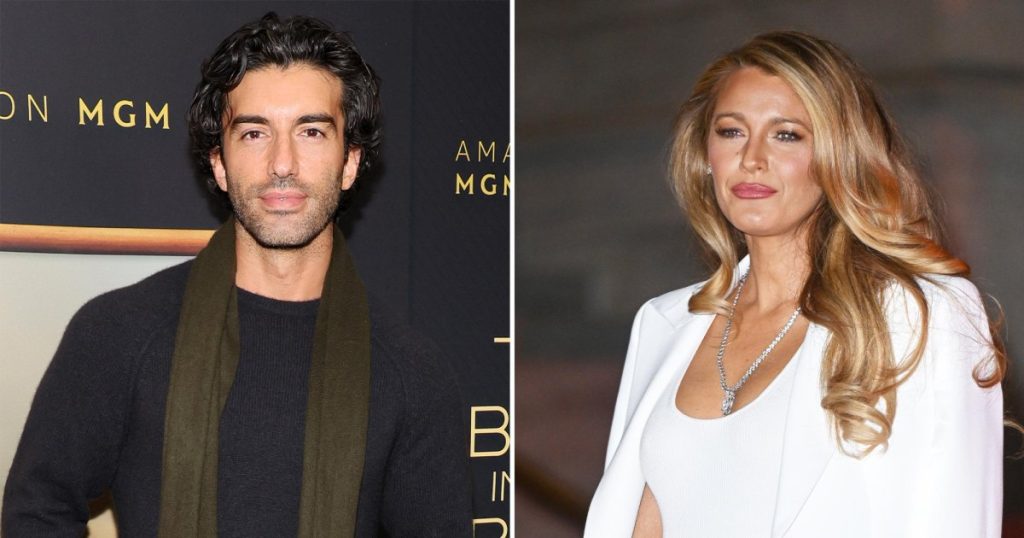The ongoing legal battle between actress Blake Lively and director Justin Baldoni, stemming from allegations of sexual harassment on the set of the film “It Ends With Us,” has escalated into a complex and acrimonious exchange. Lively’s initial lawsuit accused Baldoni of creating a hostile work environment and engaging in inappropriate behavior, claims which Baldoni vehemently denies. The conflict has spilled into the public arena, with both sides leveraging media outlets to present their versions of events, resulting in a “media feeding frenzy” as described by Baldoni’s attorney.
The latest development involves Lively’s request for a gag order, a legal maneuver aiming to restrict public statements about the case. Baldoni’s legal team has firmly opposed this request, arguing that Lively herself initiated the public discourse by providing her complaint, including the allegations, to The New York Times. They contend that this action caused significant reputational damage and financial losses to Baldoni and his studio, Wayfarer, and that the gag order request is a tactical move to suppress their defense against publicly aired accusations. Baldoni’s attorney has characterized Lively’s approach as a “scorched-earth media campaign,” designed to damage his reputation and career.
Central to the dispute is a recently released video clip from the film set, depicting a scene between Lively and Baldoni. Baldoni’s team presented this footage as evidence refuting Lively’s claims of inappropriate behavior, portraying the interaction as professional and within the context of the scene. The video shows Lively and Baldoni discussing his nose and the scent of her spray tan, interactions which have been interpreted differently by both parties. Baldoni claims Lively suggested he get a nose job, while Lively asserts these comments were made out of character.
Lively’s legal team, however, countered that the very video presented as exculpatory evidence actually corroborates her allegations. They argue that the footage displays Baldoni repeatedly leaning in towards Lively, attempting to kiss her, touching her face and neck, and making comments about her scent, actions they deem inappropriate and supportive of their claims of harassment. This conflicting interpretation of the same footage underscores the deeply entrenched disagreement between the two parties and the difficulty in establishing a clear narrative of events.
The situation further intensified with Lively and her husband, Ryan Reynolds, filing for a protective order against Baldoni’s attorney, Bryan Freedman. They accuse Freedman of violating court rules by making public statements that could prejudice a potential jury and engaging in improper conduct. This move adds another layer to the legal battle, highlighting the extent to which the conflict has become personal and extending beyond the initial allegations of harassment.
The legal entanglement now involves multiple lawsuits and countersuits. Lively’s initial lawsuit against Baldoni for sexual harassment and creating a hostile work environment triggered Baldoni’s $250 million lawsuit against The New York Times for its reporting on Lively’s claims and another lawsuit against Lively, Reynolds, and Lively’s publicist seeking $400 million in damages. These legal actions reflect the escalating tensions and the significant financial and reputational stakes involved for both parties.
The competing narratives, the conflicting interpretations of evidence, and the increasingly complex legal maneuvering create a challenging environment for determining the truth of the allegations. The request for a gag order, the release of the video footage, and the protective order against Baldoni’s attorney all contribute to a highly charged atmosphere where the battle for public perception plays a significant role alongside the legal proceedings. The scheduled conference on February 12 will likely address the gag order request and potentially shape the future course of this contentious legal battle. The outcome of this case will not only impact the careers and reputations of those involved but may also have broader implications for how accusations of harassment are handled in the entertainment industry.

